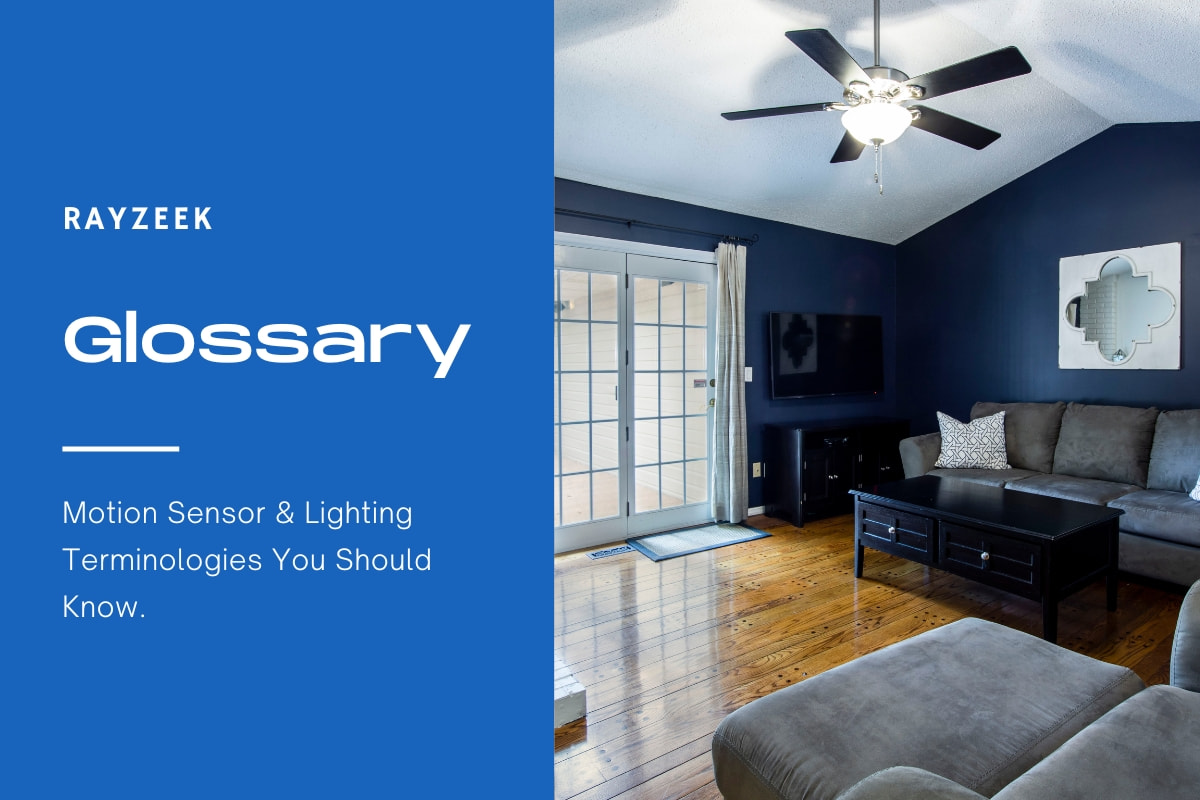What is Shielding
Shielding is the implementation of techniques and components aimed at controlling and directing the distribution of light emitted by a luminaire. It involves the use of casings, covers, shields, or accessories to manage glare, reduce light spill, and guide the light in desired directions. The primary purpose of shielding is to enhance the performance and functionality of the light fixture while ensuring that the emitted light is distributed in a controlled and desired manner.
Get Inspired by Rayzeek Motion Sensor Portfolios.
Doesn't find what you want? Don't worry. There are always alternate ways to solve your problems. Maybe one of our portfolios can help.
One common method of shielding is the use of diffusers, which are translucent or semi-transparent covers placed on the bottom or sides of a light fixture. Diffusers help to spread out or scatter the light, resulting in a softer and more evenly distributed lighting effect. They are particularly useful in environments such as offices or schools with lower ceiling heights.
Another type of shielding component is lenses, which can be either prismatic or made of polycarbonate. Prismatic lenses are designed with small refractive components on one side, allowing for excellent light diffusion and glare reduction. They help create a more comfortable and evenly distributed lighting environment. On the other hand, polycarbonate lenses are known for their durability and are often used in harsh environments where protection against moisture or debris is required.
Looking For Motion-Activated Energy-Saving Solutions?
Contact us for complete PIR motion sensors, motion-activated energy-saving products, motion sensor switches, and Occupancy/Vacancy commercial solutions.
By incorporating shielding techniques and components, light fixtures can effectively control glare, reduce light spill, and enhance the overall appearance and functionality of the lighting system. Shielding plays a crucial role in creating comfortable and visually appealing lighting environments in various applications, from residential and commercial spaces to outdoor lighting installations.
Frequently Asked Questions
What Is the Best Lighting to Avoid Glare
Use diffuse lighting options such as lamp shades or globes to minimize glare. Additionally, consider using adjustable curtains or blinds on windows to control the amount of natural light entering the space. It is also important to adjust work areas and ensure that work surfaces have a dull or matte finish, as shiny surfaces tend to reflect light more and contribute to glare.
What Are Fully Shielded Light Fixtures
“Fully shielded” refers to light fixtures that have been designed in a way that ensures the emitted light rays, whether directly from the lamp or indirectly from the fixture, are directed downwards below a horizontal plane that passes through the lowest point where light is emitted.
What Is the Difference Between Shielded and Unshielded Lights
Unshielded lights, in contrast to shielded lights, do not only direct light towards the ground for safety and security purposes. Instead, they allow light to stray in other directions. On the other hand, fully shielded lights, also referred to as “full-cutoff lights” or “FCO lights,” are considered the optimal choice for light fixtures that are friendly to the night sky.
What Is the Difference Between Fully Shielded and Full Cutoff
Full-cutoff fixture refers to a lighting fixture that follows the IES definition, which states that there should be no intensity at or above the horizontal level (90° above nadir) and the emission should be limited to a maximum of 10% of the lamp lumens at or above 80°. On the other hand, a fully shielded fixture is a type of fixture that does not allow any emission above a horizontal plane passing through the fixture.
Why Are Fully Shielded Fixtures Recommended
A fully shielded fixture is designed in such a way that the light source is not visible to people or wildlife in close proximity. By using fully shielded lighting, you can effectively avoid light trespass onto your neighbors’ property and minimize both glare and skyglow.
How Do I Reduce the Glare in My Outdoor Light
Fortunately, reducing glare in outdoor lights can be achieved through various methods. One effective approach is to utilize dark sky light fixtures, which are specifically designed to minimize light trespass. Another option is to opt for full cut-off fixtures, which come equipped with glare guards that effectively block glare from the sides. Additionally, ensuring that the brightness levels are set at practical levels and placing the lights properly and aiming them correctly can also help in reducing glare.
What Makes a Light Fixture Dark Sky Compliant
Dark-sky compliance is determined by the IDA Fixture Seal of Approval program, which requires outdoor lighting ordinances to meet specific criteria. To be considered dark sky compliant, a light fixture must be fully shielded and not emit any light above the horizontal plane. Additionally, it should not have sag or drop lenses, side light panels, uplight panels, or any similar features.









